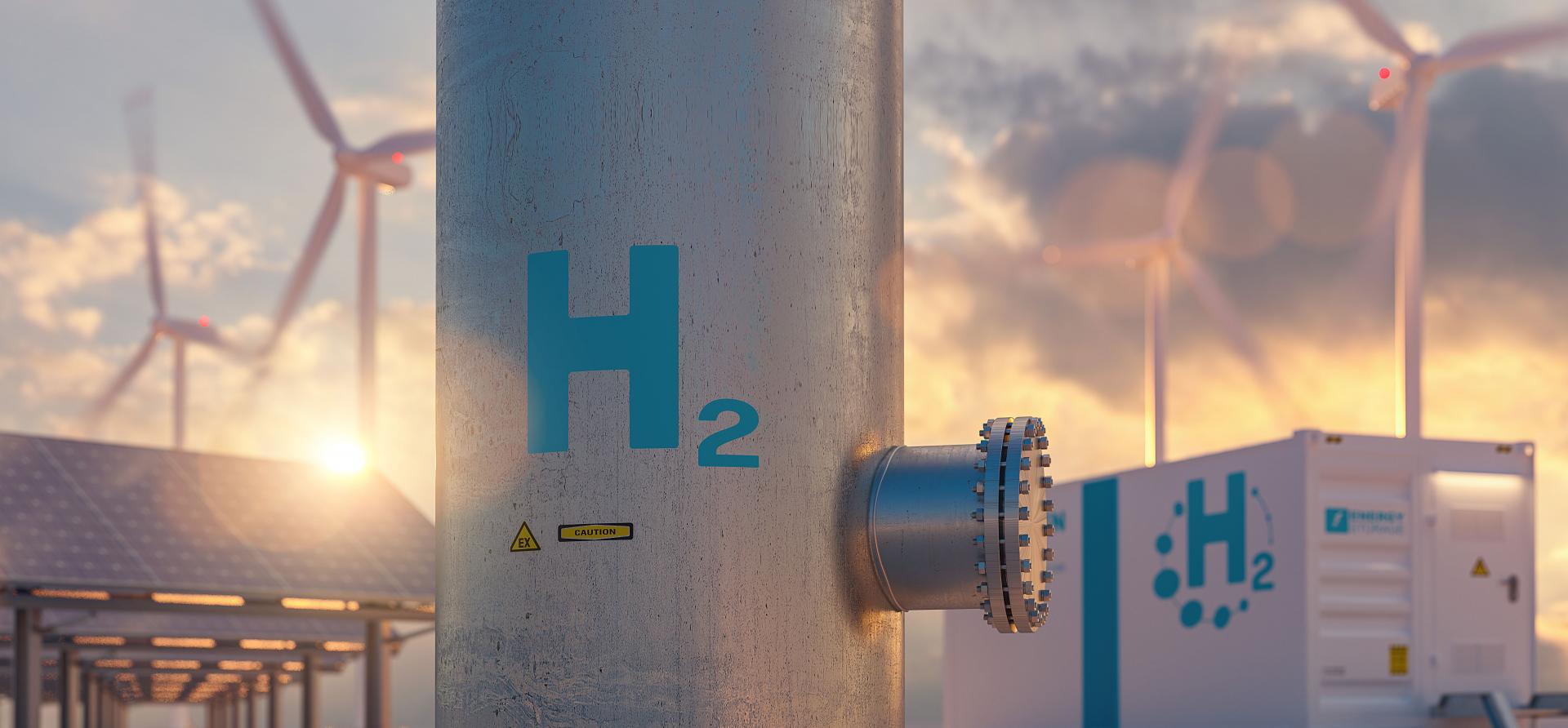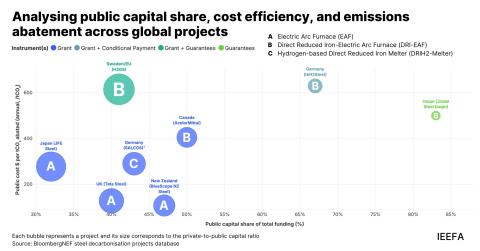
Key Findings
The U.S. Department of Energy is negotiating with several selected companies to establish regional hydrogen hubs that derive hydrogen from methane. They will be costly, and the DOE must ask hard questions before it commits the funding.
The DOE is under pressure to put the cart before the horse—to build hydrogen projects based on unproven technologies and undemonstrated markets.
By the time the DOE’s selected applications are processed and the surviving projects are built, EV market trends will have expanded the already strong role of BEVs substantially, weighing against most vehicular uses of hydrogen.
If the DOE fails to exercise discretion in reviewing and finalizing the hydrogen project proposals the result is likely to be a substantial waste of taxpayer dollars for an outsized hydrogen-based economy that will never arrive.
Executive Summary
The U.S. Department of Energy (DOE) is negotiating with several selected companies to establish regional hydrogen hubs (H2Hubs) that derive hydrogen from natural gas (methane). The Infrastructure Investment and Jobs Act, also known as the Bipartisan Infrastructure Law, makes $8 billion in funding available for such projects. The hydrogen hubs are intended to be commercial-scale developments, not small pilot projects. They will be costly. DOE must ask hard questions before it commits the funding.
Producing hydrogen from fossil fuels does not make sense as a climate strategy. IEEFA’s 2023 report, “Blue Hydrogen: Not Clean, Not Low Carbon, Not a Solution,” shows that blue hydrogen—derived from the methane in natural gas, a fossil fuel—will not meet the federal definition of clean hydrogen, and would worsen greenhouse gas (GHG) emissions.
The scale of the hydrogen push also does not make sense from an economic perspective. Despite the influx of federal funding, the long-term viability of the proposed hydrogen hubs will likely still be ruled by actual market forces. In a 2022 report, IEEFA found hydrogen had an extremely limited future in the market, warning that the H2Hubs may be obsolete before they launch. With the rapid advances in battery electric technology and sustained growth in its market share, the market scenario for hydrogen in vehicular transportation is even more troubling today.
Public dollars should not be sunk into projects that are likely to fail to achieve financial viability due to a weak market.
Six of the seven hydrogen hubs selected by DOE to receive federal funding intend to market some portion of the hydrogen gas for use in transportation. The projects must be scrutinized closely for market risk, even if the developers identify initial offtakers. The infrastructure required will take some years to develop. Given market trends, time is not on hydrogen’s side.
Most of the H2Hub proposals encouraged by DOE—and other privately funded projects—plan to market some of their product to the transportation sector. This IEEFA report, part of a series, examines the dwindling market for hydrogen in vehicular transportation. The report finds:
- DOE makes unrealistic assumptions about the vehicle market for hydrogen. In 2020, it projected hydrogen could power 18% of cars and 26% of light-duty trucks. Now, just three years later, the agency recognizes hydrogen technology has lost to battery electric technology in the light-duty vehicle market. Although DOE still expects broad use of hydrogen in medium-duty trucks, that is not likely to happen. Even the heavy-duty truck market is likely to be substantially smaller than expected.
- Battery electric vehicles (BEVs) will dominate the U.S. market for zero-emission passenger cars, pickup trucks and other light vehicles because car manufacturers and customers have overwhelmingly moved in that direction. BEV driving range per charge is improving and charging stations are rapidly rising in number and nationwide distribution. For hydrogen fuel cell electric vehicles (FCEVs), in contrast, filling station infrastructure essentially exists only in one state, California. Hydrogen has fallen too far behind to catch up.
- Battery technology is making significant inroads into bus and medium-duty truck sales, and is already predicted to dominate the zero-emission medium-duty truck market. Projections indicate battery technology also is likely to capture most of the short-haul heavy-duty truck market.
- BEVs may well encroach on the regional long-haul market. Only 9% of U.S. trucks are engaged in long-haul service, defined by DOE as trucking more than 250 miles, and within that segment, an even smaller portion accounts for trips of a distance of 1,000 miles or more. For example, a 2022 survey found such longer hauls constituted less than one-seventh of fleet operators’ truck trips.
FCEVs lag far behind as BEVs move quickly to take market share. Market factors indicate hydrogen technology will not be the most economical, practical or widely-adopted option to decarbonize vehicles, with only very limited exceptions.
DOE is under pressure to put the cart before the horse—to build hydrogen projects based on unproven technologies and undemonstrated markets. But the agency has statutory authority to use good judgment to avoid sinking tax dollars into white elephants. DOE should scale any investment of tax dollars in hydrogen to the narrow realities of the market.

















